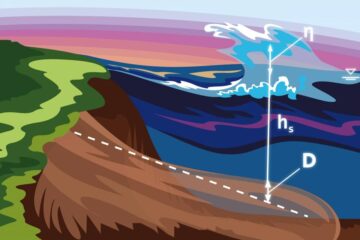Earth Sciences (also referred to as Geosciences), which deals with basic issues surrounding our planet, plays a vital role in the area of energy and raw materials supply.
Earth Sciences comprises subjects such as geology, geography, geological informatics, paleontology, mineralogy, petrography, crystallography, geophysics, geodesy, glaciology, cartography, photogrammetry, meteorology and seismology, early-warning systems, earthquake research and polar research.

MIPT researchers Leopold Lobkovsky and Raissa Mazova, and their young colleagues from Nizhny Novgorod State Technical University have created a model of landslide-induced tsunamis that accounts for the initial location…

AWI long-term time series shows: due to changed winds and currents in the Southern Ocean, more heat is transported from the Antarctic Circumpolar Current to the depths of the Weddell…

Two open-ocean hydrographic stations record 40 years of change in the subtropical North Atlantic Ocean. New research published in Nature Communications Earth & Environment uses data from two sustained open-ocean…

A soil scientist from RUDN University discovered the effect of fertilization on the ability of the soil to retain carbon. To understand this mechanism, he and his team studied the…

Scientists from NASA’s Goddard Space Flight Center in Greenbelt, Maryland, and international collaborators demonstrated a new method for mapping the location and size of trees growing outside of forests, discovering…

The entire endemic megafauna of Madagascar and the Mascarene islands Mauritius and Rodrigues was eliminated during the past millennium. To investigate possible drivers of this extinction, an international team of…